
Gather Light: ARC 201
Students in CAPLA’s ARC 201 studio, guided by faculty including Christopher Domin and others, completed the "Gather Light" project focused on understanding and designing in harmony with the Sonoran Desert environment. Through observation, drawing, and modeling, students explored how light, nature, and architecture interact. Key activities involved studying desert plants, translating their forms into design systems, and developing canopies that filter light and enhance outdoor spaces. The project emphasized hands-on learning, teamwork, and iterative design using 2D and 3D representations to create thoughtful architectural interventions that respect and respond to the desert landscape.

Lecturer Christopher Tucker wins AIA Design Pedagogy Award for innovative Abiotic Studio
Christopher Tucker, a lecturer in architecture at CAPLA, received the American Institute of Architects’ Design Pedagogy Award for his Abiotic Studio, a fourth-year course that challenges students to engage with ecological realities and reimagine post-industrial landscapes through more-than-human perspectives.

Creating Results: Jacob Schaffer ’23 SBE, ’24 MRED
Jacob Schaffer came to UArizona from Highland Park, Illinois, after his father, an alumnus, forwarded him information about CAPLA. The combination of sustainable built environments and real estate development piqued his interest, and he has been creating results ever since.
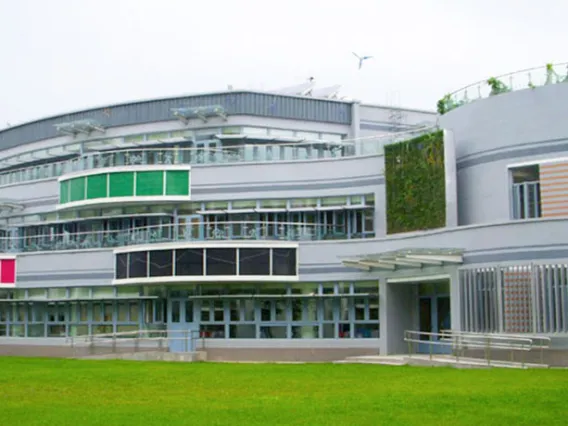
USGBC Senior Fellow Mark Ginsberg Inspires and Empowers the Next Generation of Green Designers, Practitioners and Leaders
University of Arizona graduate Mark Ginsberg has long been a leader in sustainable design, energy efficiency and renewable energy. Now he is helping students at CAPLA and UArizona to become the future visionaries the world needs to continue charting a more sustainable path.
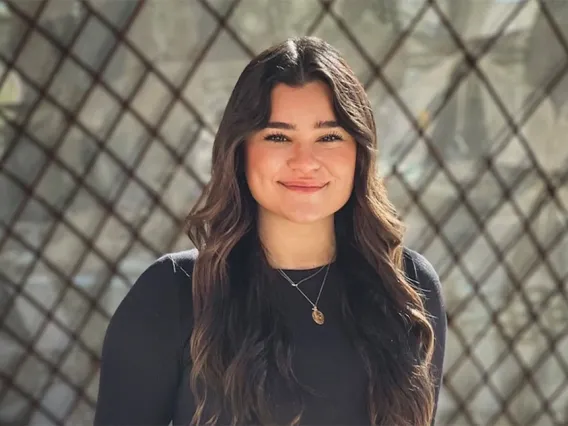
Material Matters: Danielle Breyton ’23 B.Arch
Danielle Breyton came to UArizona from Alamo, California. She fell in love with the university after touring campus and the city, but she wasn't always interested in attending college. At CAPLA, she has learned that the B.Arch program is much more than design: it's challenging and rewarding in multiple ways, and has prepared her for a dynamic career.
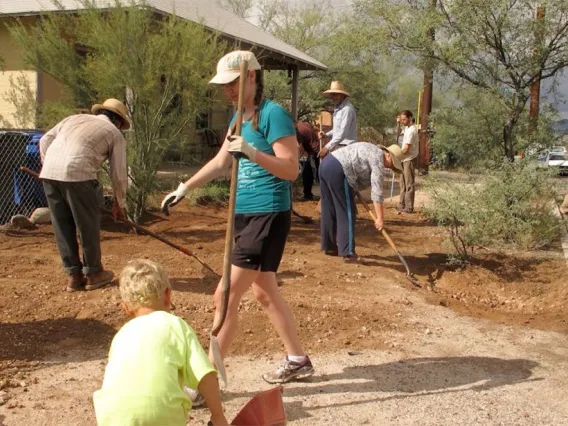
Feature on Tucson Urban Food Forest in the Guardian Quotes Sustainable Built Environments Professor Ladd Keith
A March 21, 2023 feature on Tucson’s Dunbar/Spring neighborhood in The Guardian, “‘A living pantry’: how an urban food forest in Arizona became a model for climate action,” quotes CAPLA Assistant Professor of Planning and Sustainable Built Environments Ladd Keith.
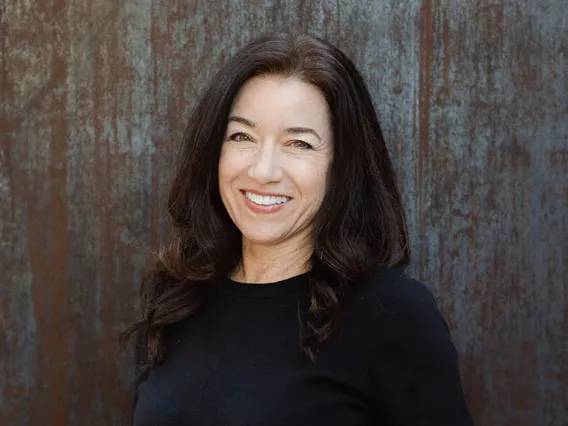
CAPLA Architecture Professor of Practice Teresa Rosano Wins UArizona Five Star Faculty Award
Assistant Professor of Practice Teresa Rosano has won the prestigious Margaret M. Briehl and Dennis T. Ray Five Star Faculty Award for 2023, which recognizes excellence in teaching and mentoring and is the only university-wide award for faculty members that is determined by undergraduate students.
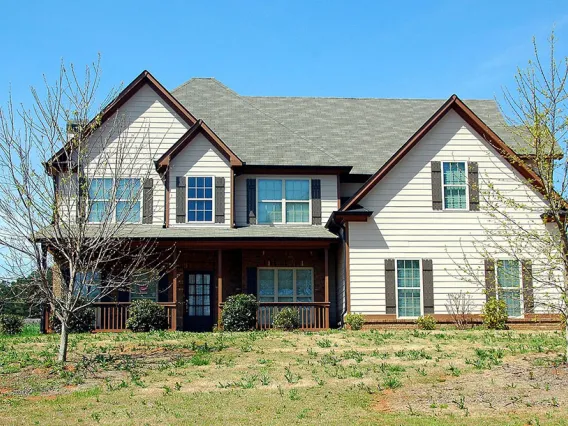
PlaceMakers and Strong Towns Turn to Arthur C. Nelson for Insight on How the Shifting 'Boomer Bulge' Impacts America’s Housing Market
Professor Emeritus of Urban Planning and Real Estate Development Arthur C. Nelson was recently featured in a two-part interview for PlaceMakers and in an article in Strong Towns, both focusing on how there may soon be too many homes for too few buyers and renters across the country.

Pursuing Athletics While Planning for Real Estate: Talie Bonds '23 MRED
Talie Bonds is a UArizona Track and Field student athlete from Las Vegas, Nevada. Though her goal is to become a professional athlete, she also understands the value of preparing for life outside of athletics. This May, she graduates with her Master of Real Estate Development from CAPLA.
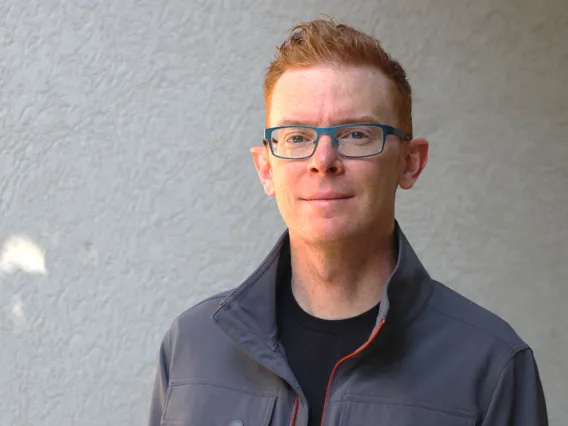
Everything is Cumulative: Ryan Meeks '05 B.Arch
Ryan Meeks, a 2005 graduate of the Bachelor of Architecture program who grew up in Tucson and now lives in Denver, is the founder of Bosk, an urban design and architecture firm. In this interview, he offers keen insight on his B.Arch experience, lessons learned from his capstone project, what it means to start his own design firm, the best career advice he has received and more.
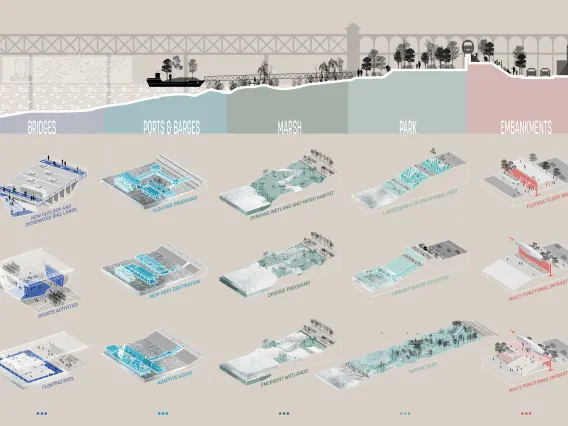
Lecture Recap and Video: Tao Zhang on 'Marginalized Edge Effect: Ecology, Urban Waterfront and Landscapes'
In this CAPLA Lecture Series lecture, Tao Zhang discusses the edge effect and how landscape architecture should protect vulnerable landscape boundaries and help regenerate marginalized edge effects in urban ecology.
